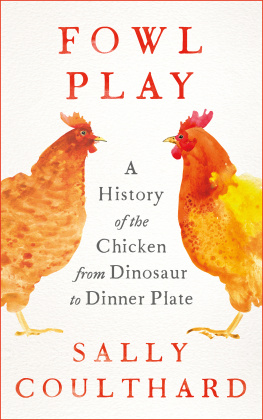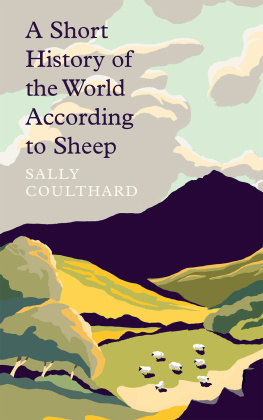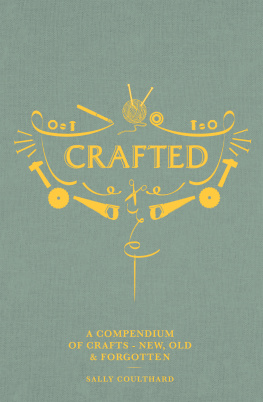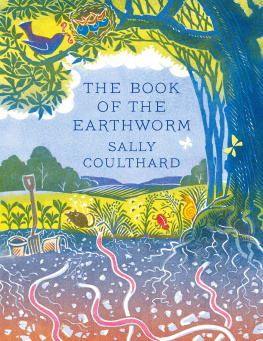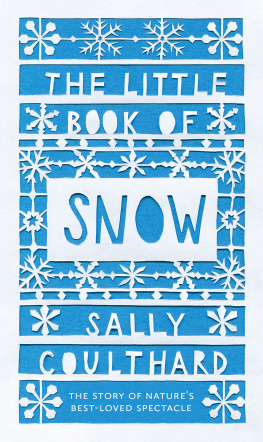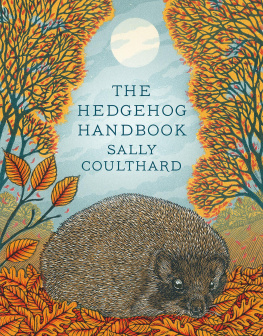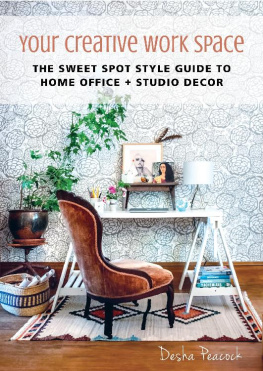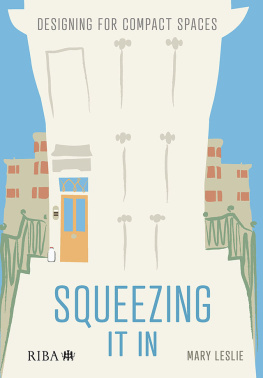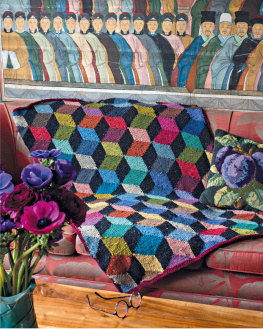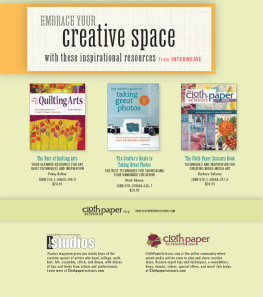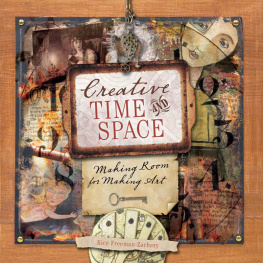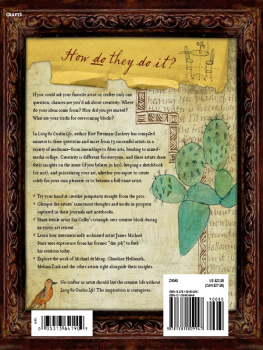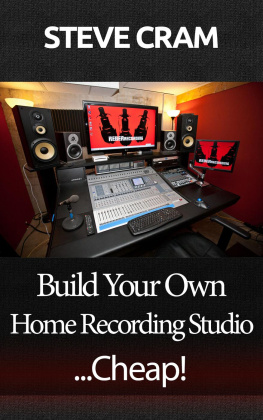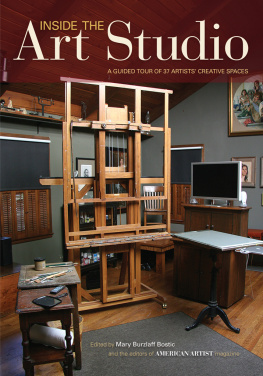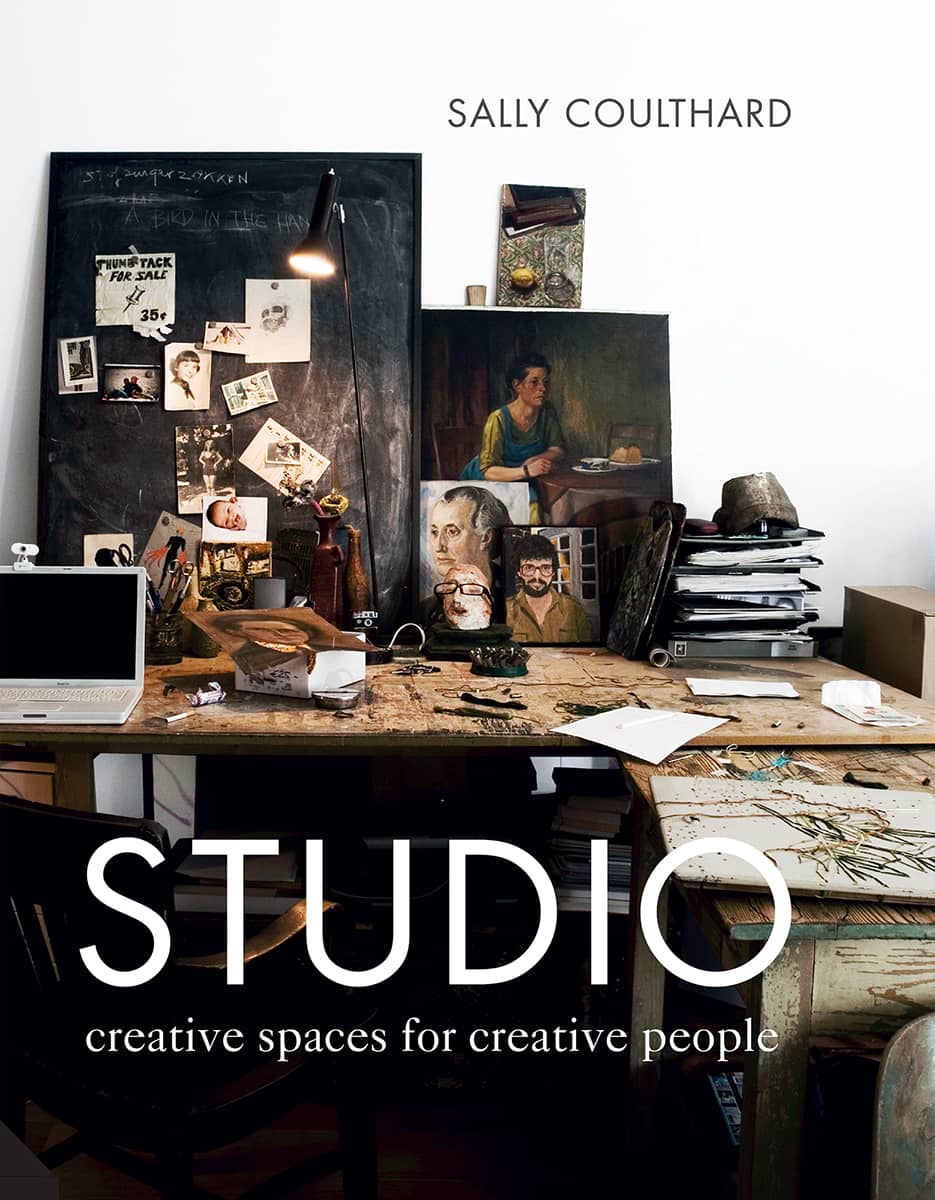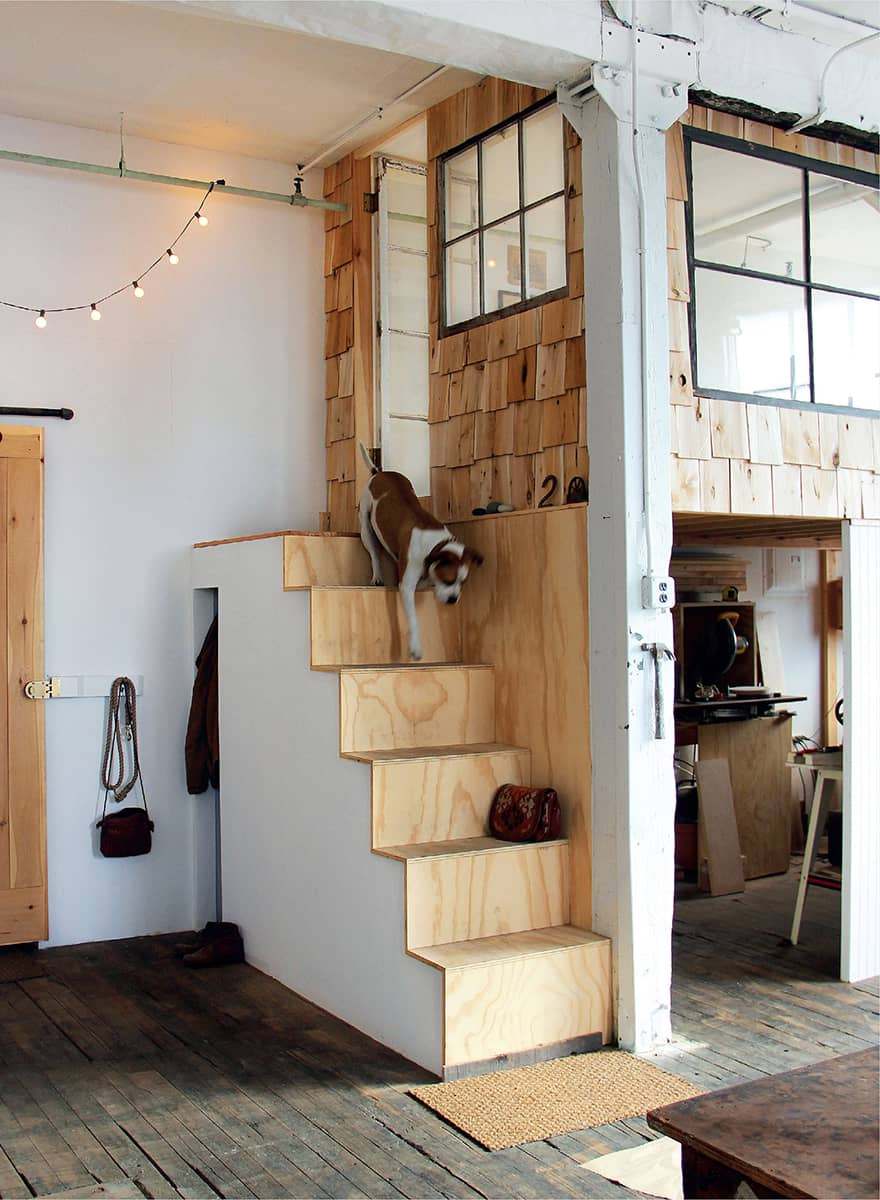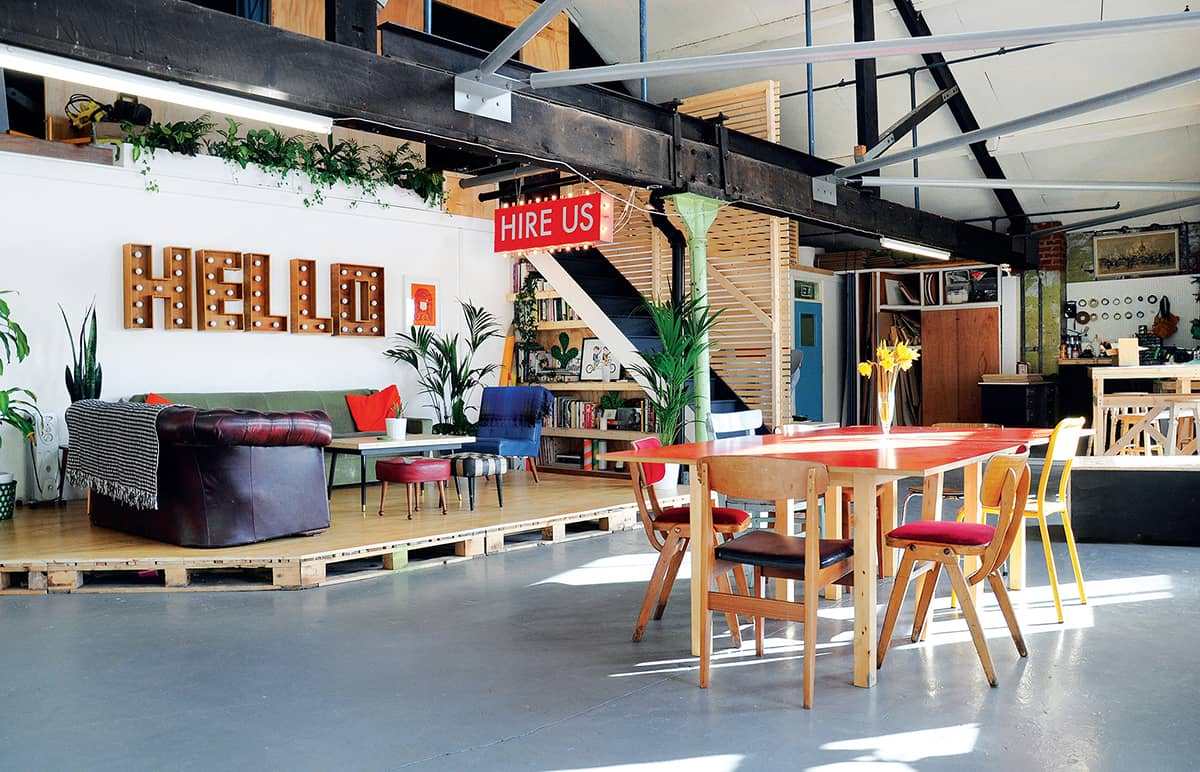A converted 1930s shop on Britains south coast, Martin ONeills studio is a loosely curated space full of ephemera and art.
This book is dedicated to all the artists, craftspeople and creatives who bravely let us in to their amazing spaces. You are all wonderful.
For stylist and blogger, Holly Becker, a vast white cupboard is the centrepiece of her studio. Like a chef deciding what to create, Holly can swing open the doors and look for ingredients, whether its a roll of washi tape or a prop for a photoshoot.

FEEL AT HOME A studio should feel like an extension of self. Fill your workspace with decor, colours, books, mementos and personal treasures that act as a source of meaning, inspiration and familiarity.
At home, on the farm, theres an old stone barn we rent out to artists. Its a scruffy space, but the people who work there have transformed the building into something truly special.
Not only have the artists organized their studios into useful spaces, theyve also created rooms that express who they are and inform the work they produce. Each space reflects the personality of the person who works there studios are like fingerprints, totally unique. My workspace is the same its only an old writing bureau, but its the place where I sit and write, ponder new ideas and sift through images. Its tiny as workspaces go, but I love it.
The whole process of creating a studio is as important as the work you plan to make in it. A workspace thats well organized and practical is a joy to use. And, itll make you more productive in the long run. But a studio also has to do something more. Like a virtuous circle, the more of yourself you put into the space, the more your studio will feed your creative drive. Marrying those two elements the practical and the personal isnt always easy but, as youll see in this book, get it right and youll have a space that not only allows you the freedom to express yourself but also becomes a source of inspiration in its own right.
Creating the perfect studio wont happen overnight. Often you need to work and experiment in a space before you really know what you need. Thats how it should be. And, just as your work develops over time, so will your studio. Its a glorious process one of adding, editing and endless tweaks but thats half the fun.
PEOPLE WHO USE STUDIOS KNOW WHAT SIGNIFICANT SPACES THEY ARE. A studio isnt just a building or a room, its an acknowledgement that what you are doing is important enough to deserve its own space. If you try and work in a space that isnt fit for purpose or doesnt help your craft, theres a tacit understanding that what you are doing doesnt warrant a proper working environment. Its a kind of self-sabotage.
Poor workspaces make for poor practice, which in turn will thwart any attempts to create something meaningful or high-quality. I learned that early on my parents, who are both passionate about the arts, had many friends who were artists and craftspeople. As a child, I would accompany them to see their studios and often be allowed to play with the materials and equipment. Even at that age, I could sense how life-affirming these spaces were. These were practical workspaces but they were also a snapshot of a persons personality some of the studios were a riot of colour, eccentric and inviting, others deliciously organized. Some were clearly for heavy, dirty work, full of loud machinery and oily rags; others were gently precise, filled with well-maintained tools and neat storage. What an education for a small child.
FIT FOR PURPOSE If you value your work, value the importance of an effective workspace. Stylist and art director Katrin Bths Swedish studio combines elements of creative inspiration with a thoughtful approach to storage, lighting and desk space.
GIVE YOURSELF PERMISSION TO HAVE A STUDIO. If you want to write, paint, craft or do anything creative, you need a space that supports your passion. It doesnt have to be grand a creative spot can be squeezed into almost any room but it does have to be clearly distinct from all the other spaces you occupy. It also doesnt have to be stuffed to the brim with specialist kit some of the best studios in this book are those which have been cobbled together from salvaged furniture and household finds. Creative pursuits rarely make millions, so its always useful to see how other people have found inventive ways to create a workspace on a small budget.
Back home, Ive always enjoyed the process of watching new artists settle into the barn and make the space their own. It takes a while for people to get things just right, but when they do, the work flows. Ive loved the variety one artist immediately whitewashed the stone walls and ceiling, and painted the floor a glossy grey, to create a stark backdrop for bright accents and her incredible drawings. Another, a tailor, filled the room with fabric, hung chandeliers and propped vast, boudoir mirrors against the walls to create an intimate sewing den. One space, two totally different approaches.
ELEVATED THINKING Its amazing what you can squeeze into a studio space; in Ariele Alaskos woodworking workshop (left), she has constructed an elevated treehouse office, with plenty of light and simple steps, without compromising any of the workshops valuable square footage in inner-city New York.
DREAM BIG Experts at manipulating space and props, set designers Amy Lord and Rebekah Whitney turned an unpromising industrial warehouse into a working studio for shoots, meetings and creative consulting.
Talking to the artists and craftspeople in this book, many of them said the same thing, that a studio has to be somewhere you actively want to spend time in. It seems an obvious thing to say, but its actually really profound. Creative people are often deeply affected by their surroundings any old space simply wont do. The lighting must be right, the colours just so, the furniture and decoration should make you smile. Rarely does an artist have one aesthetic at home and a different one in the studio. Theres plenty of crossover, primarily because its important to feel at home in your favourite workspace.


